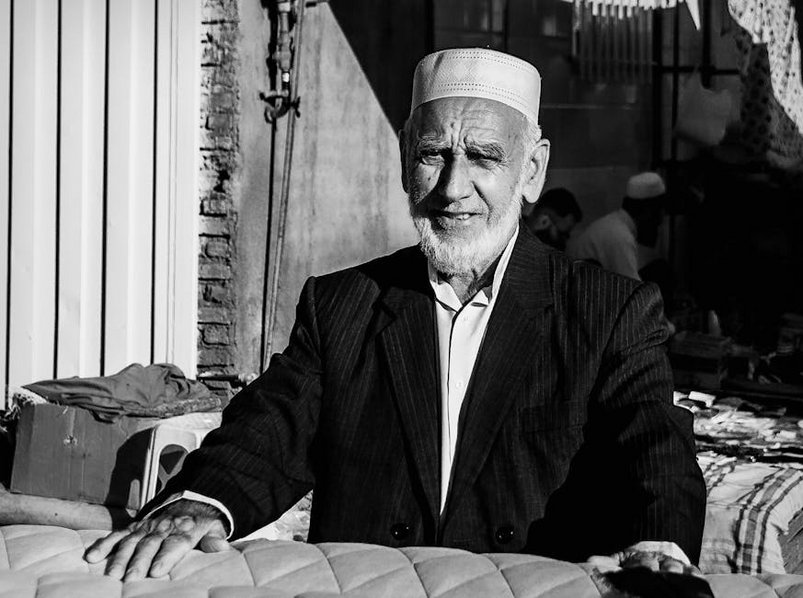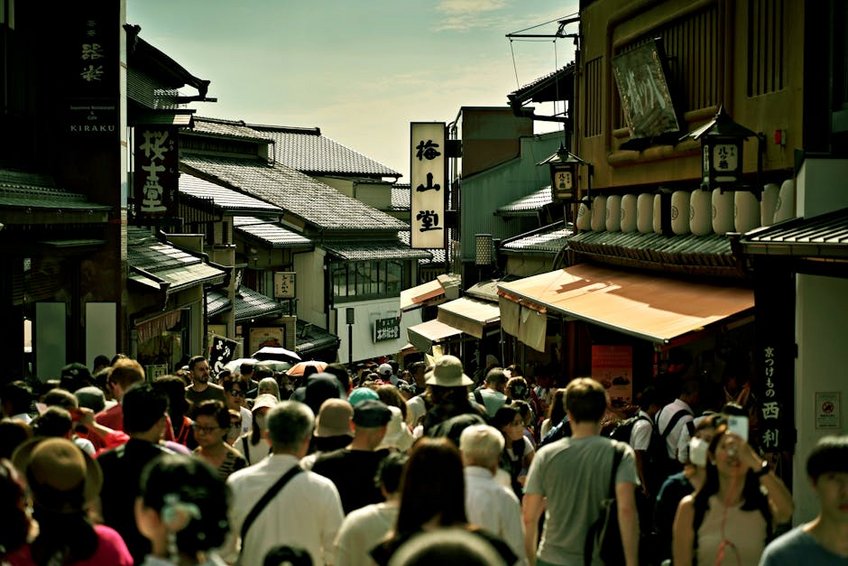Exploring Busan Jagalchi Market: Korea’s Largest Seafood Paradise
When you step into Busan Jagalchi Market, you’re not just visiting another tourist attraction – you’re immersing yourself in South Korea’s vibrant maritime culture and culinary heritage. As the country’s largest seafood market, Jagalchi offers an unforgettable sensory experience where the salty sea breeze mingles with the energetic calls of fishmongers and the incredible variety of marine life on display. Located near Busan Harbor, this iconic market has been the heart of the city’s fishing industry since the Korean War era, evolving from simple stalls to a massive multi-story complex that attracts both locals and international visitors. Whether you’re a seafood enthusiast, cultural explorer, or simply curious about authentic Korean experiences, Jagalchi Market provides a genuine glimpse into Busan’s soul while offering some of the freshest seafood you’ll ever taste. The market operates from early morning until late evening, with the most vibrant atmosphere during morning hours when fishing boats unload their daily catch.
Busan Jagalchi Market Essential Information – What Every Visitor Should Know
Understanding the layout and operation of Jagalchi Market will significantly enhance your visit to this bustling seafood paradise. The market complex consists of two main sections: the original outdoor market area with numerous stalls and the modern Jagalchi Market building that houses multiple floors of seafood vendors, restaurants, and even a observation deck with panoramic harbor views. Most vendors begin their day around 5:00 AM when the freshest catch arrives, though tourist activities typically peak between 10:00 AM and 4:00 PM. While many stall owners speak basic English, learning a few Korean phrases like “Eolmaeyo?” (How much?) will greatly improve your interaction experience. The market operates year-round, though visiting during weekdays offers a slightly less crowded experience compared to weekends when local families flock to enjoy fresh seafood.
Market Layout and Sections – Navigating the Complex
- The first floor features live fish tanks and fresh seafood displays where you can select your meal
- Second floor houses numerous restaurants that prepare your chosen seafood immediately
- Outdoor market area offers dried fish, side dishes, and local street food specialties
- Upper floors include additional restaurants, souvenir shops, and the observation deck
- Budget experience: $25-40 USD per person for a simple meal of grilled fish or sashimi with side dishes
- Mid-range experience: $50-80 USD per person for a seafood platter with crab, shrimp, and shellfish
- Luxury experience: $100-150+ USD per person for premium selections like king crab, abalone, or live octopus
- Korea Tourism Organization Official Site
- Busan Metropolitan City Official Website
- Busan Tourism Organization
Operating Hours and Best Times to Visit – Planning Your Experience
Jagalchi Market officially opens daily from 5:00 AM to 10:00 PM, though individual vendor hours may vary. The optimal time for experiencing the market’s energy is between 9:00 AM and 3:00 PM when all sections are fully operational. Morning visits (before 11:00 AM) guarantee the freshest seafood selection as overnight catches arrive directly from fishing vessels. Evening visits offer a different atmosphere with fewer crowds but slightly reduced variety. The market remains open throughout the year, including national holidays, though Chinese New Year and Chuseok (Korean Thanksgiving) might see reduced vendor participation. During summer months, early morning visits are recommended to avoid the peak heat and humidity that can affect both visitors and seafood displays.

Busan Jagalchi Market Planning Your Trip – Practical Preparation Guide
Proper planning ensures you make the most of your Jagalchi Market experience while avoiding common tourist pitfalls. Budget approximately 3-4 hours for a comprehensive market visit, including seafood selection, meal preparation, and exploration of the surrounding area. While the market itself doesn’t charge entry fees, your main expenses will come from seafood purchases and restaurant preparation fees. Bring Korean Won in cash as many smaller vendors don’t accept credit cards, though larger restaurants in the main building do accommodate electronic payments. Wear comfortable shoes with good grip as the market floors can become wet and slippery, and consider bringing a small pack of wet wipes for cleaning hands after handling seafood. The market is easily accessible via Busan Metro Line 1 (Jagalchi Station exit 10), making public transportation the most convenient option.
Best Time to Visit Busan Jagalchi Market
Each season offers distinct advantages for visiting Jagalchi Market, though autumn (September to November) provides the ideal balance of pleasant weather and seafood variety. During fall, you’ll enjoy comfortable temperatures around 15-20°C (59-68°F) and experience seasonal specialties like snow crabs and various shellfish at their peak quality. Spring (March to May) brings beautiful cherry blossoms to Busan but slightly higher prices due to increased tourism. Summer (June to August) offers abundant seafood selection but comes with intense humidity and higher visitor crowds. Winter (December to February) provides the most authentic local experience with fewer tourists but colder temperatures that might make outdoor exploration less comfortable. Regardless of season, weekdays generally offer better prices and more relaxed browsing compared to weekends.
Budget Planning and Costs at Jagalchi Market
Essential Preparation Checklist for Market Visitors
Before heading to Jagalchi Market, ensure you’ve prepared adequately for the unique environment. Carry sufficient Korean Won in smaller denominations for easier transactions with individual vendors. Wear comfortable, closed-toe shoes with non-slip soles as the market floors are often wet from seafood handling and cleaning. Pack hand sanitizer or wet wipes since you’ll be handling raw seafood and money interchangeably. If you have specific seafood allergies, prepare translated cards in Korean stating your restrictions clearly. Bring a reusable shopping bag if you plan to purchase dried seafood or souvenirs, though vendors provide plastic bags. Consider downloading a translation app to facilitate communication with vendors who might not speak English fluently, and have your hotel’s address handy for taxi returns if you make significant purchases.
Busan Jagalchi Market Top Attractions and Activities – Must-Experience Highlights
Beyond simply purchasing seafood, Jagalchi Market offers numerous engaging activities that provide deep cultural immersion and culinary education. The most popular experience involves selecting live seafood from first-floor vendors then having it prepared immediately at upstairs restaurants – a process known as “sashimi” service where your chosen fish is transformed into multiple dishes within minutes. Don’t miss the opportunity to observe the ajummas (older Korean women) who skillfully handle and prepare seafood with decades of expertise, often while sharing stories about the market’s history. The outdoor market section presents excellent photo opportunities with vibrant displays of dried fish, octopus, and exotic marine creatures you might not encounter elsewhere. For cultural context, visit the small Jagalchi Museum on the market’s second floor which details the history of Busan’s fishing industry and the market’s development since the 1950s.
Must-See Highlights and Signature Experiences
Several experiences define the authentic Jagalchi Market visit and shouldn’t be missed during your exploration. The live fish selection process represents the market’s core experience – pointing to swimming fish or crawling crustaceans that moments later become your meal. Witnessing the skilled knife work of restaurant chefs as they transform your selection into sashimi, grilled dishes, and soup demonstrates incredible culinary artistry. The outdoor dried fish section offers fascinating visual spectacles with rows of hanging squid, octopus, and various fish species preserved through traditional methods. During early morning hours, observe the auction activities where restaurant owners and wholesalers bid on the day’s premium catches. The observation deck on the top floor provides spectacular panoramic views of Busan Port and the surrounding fishing boats that supply the market, offering perfect photo opportunities especially during sunset.
Hidden Gems and Local Favorites Within the Market
While most tourists focus on the main building, several lesser-known aspects of Jagalchi Market offer equally rewarding experiences for curious explorers. The narrow alleys behind the main market contain small family-run restaurants that serve traditional Korean seafood stews and dishes at more reasonable prices than the main tourist areas. Early visitors (before 7:00 AM) can witness the wholesale transactions between fishermen and market vendors, providing insight into the seafood supply chain. The second-floor restaurants farthest from the elevator often offer better prices and more personalized service as they receive fewer tourist groups. Outside the market building, explore the street food vendors selling hotteok (sweet pancakes), eomuk (fish cake skewers), and other Korean snacks that make perfect light meals between seafood tastings. For unique souvenirs, visit the shops selling handmade fishing equipment and traditional Korean kitchen tools used in seafood preparation.
Busan Jagalchi Market Practical Travel Information – Navigation and Accommodation
Understanding transportation options and accommodation choices near Jagalchi Market significantly enhances your visit to this bustling seafood destination. The market sits in Busan’s Jung-gu district, approximately 40 minutes from Gimhae International Airport and 20 minutes from Busan Station via public transportation. The area offers numerous accommodation options ranging from budget hotels to luxury establishments, though booking in advance is recommended especially during peak travel seasons like summer and autumn. While the market itself doesn’t require advanced reservations for dining, larger groups might want to contact restaurants beforehand during weekends or holidays. The surrounding neighborhood contains numerous complementary attractions including Yongdusan Park, Busan Tower, and the nearby Gukje Market, making it ideal for basing your Busan exploration.
| Accommodation Type | Features and Location | Price Range (USD per night) |
|---|---|---|
| Budget Hotels | Basic facilities, 5-10 minute walk from market | $40-70 |
| Mid-range Hotels | Modern amenities, sea views, adjacent to market | $80-150 |
| Luxury Hotels | Premium services, panoramic harbor views, spa facilities | $180-300+ |
| Traditional Hanok Stays | Cultural experience, traditional Korean architecture | $60-120 |


